- Home
- About
- Hospitals
-
Treatments
- Orthopedic & Spine
- Knee Replacement
- Carpal Tunnel Release
- Rotator Cuff Repair
- Meniscus Repair / Meniscectomy
- Total Hip Replacement (THR)
- Total Shoulder Replacement
- Arthroscopy
- Ligament Reconstruction
- Spinal Fusion
- Discectomy
- Laminectomy
- Spinal Decompression
- Vertebroplasty and Kyphoplasty
- Fracture Repair
- ACL Reconstruction
- Tendon Repair
- Osteotomy
- Amputation
- Pediatric and Adult Cardiac
- Neuroscience
- Oncology
- Nephrology & KTP
- Gastroenterology & Hepatobiliary
- Obstetrics and Gynaecology
- Infertility
- Dental & Maxillofacial
- Plastic & Cosmetic Surgery
- Rhinoplasty
- Blepharoplasty (Eyelid Surgery)
- Facelift (Rhytidectomy)
- Breast Augmentation (Mammoplasty)
- Breast Reduction (Mammoplasty)
- Breast Lift (Mastopexy)
- Liposuction
- Abdominoplasty (Tummy Tuck)
- Brazilian Butt Lift (BBL)
- Lip Augmentation
- Breast Reconstruction
- Cleft Lip and Palate Repair
- Scar Revision
- Burn Reconstruction
- Botox Injection
- Ophthalmology
- Otolaryngology (ENT)
- Endocrinology
- General and Minimal Invasive Surgery
- Pulmonology
- Rheumatology
- Urology
- General Medicine
- Ayurvedic Treatment
- Orthopedic & Spine
- Doctors
- Contact Us
Urethral Sling Surgery
Urethral Sling Procedure, also known as a mid-urethral sling or simply a sling procedure, is a surgical technique used to treat stress urinary incontinence (SUI) in women. SUI is a condition characterized by the involuntary leakage of urine during activities that put pressure on the bladder, such as coughing, sneezing, laughing, or lifting. Urethral sling procedures are designed to provide additional support to the urethra, helping to prevent these leakage episodes.
Here is an overview of the procedure:
Purpose:
- Treatment of Stress Urinary Incontinence: The primary purpose of a urethral sling procedure is to treat SUI, a common condition in women that results from the weakening of the pelvic floor muscles and the urethral sphincter, leading to urinary leakage during physical activities.
Procedure:
- Sling Material: The procedure involves the placement of a supportive sling, made of synthetic mesh or a patient's tissue (autologous sling), beneath the urethra to provide additional support. The sling material acts like a hammock, helping to keep the urethra closed during activities that would otherwise cause leakage.
- Surgical Techniques: There are various techniques for performing urethral sling procedures, including the retropubic, trans-obturator, and single-incision slings. These techniques may involve small incisions in the abdomen of the groin area, or through the vaginal wall, depending on the approach chosen by the surgeon.
Anesthesia: The procedure is typically performed under regional or general anesthesia, and in some cases, it can be done as an outpatient procedure.
Recovery: Recovery after a urethral sling procedure is usually relatively quick. Most patients can return to their normal activities within a few days to a few weeks after the surgery. Some mild discomfort and swelling may be experienced in the surgical area, but these are typically temporary.
Risks and Complications: Potential risks and complications or a urethral sling procedure may include infection, bleeding, sling erosion, urinary retention, or in some cases recurrent or persistent incontinence. It is important to have regular follow-up visits with the healthcare provider after the surgery to monitor progress and address any issues.
Urethral sling procedures are considered effective treatments for SUI
and can significantly improve a woman’s quality of life by reducing or
eliminating urinary leakage during physical activities. Patients should have a
detailed discussion with their healthcare provider to understand the procedure,
potential risks and benefits, and any alternative treatment options before to
understand the procedure, potential risks and benefits, and any alternative
treatment options before proceeding with the surgery. The choice of sling
material and surgical technique should be based on the patient’s specific
condition and the surgeon’s expertise.
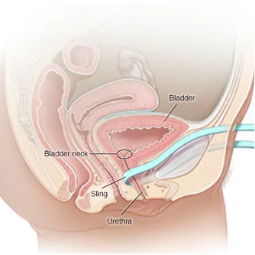


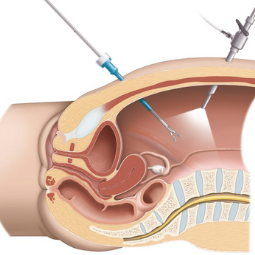

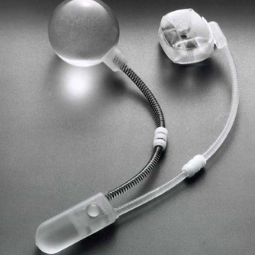
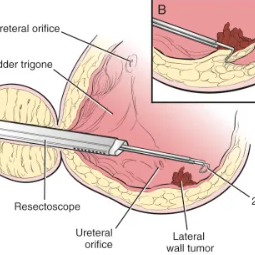
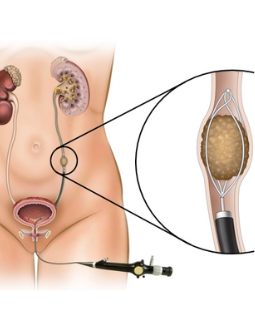
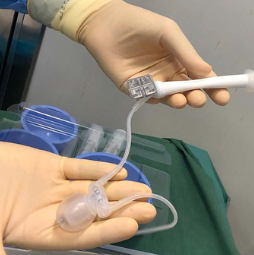
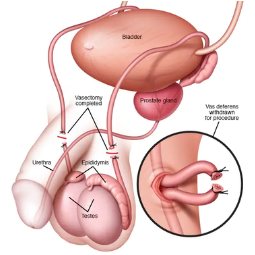
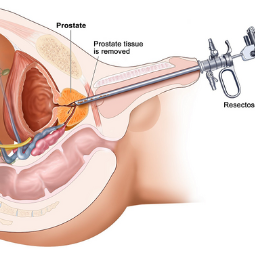
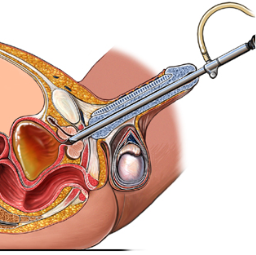

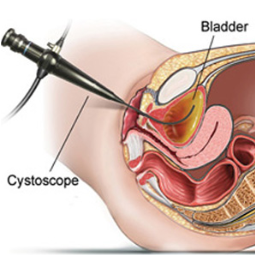
.png)